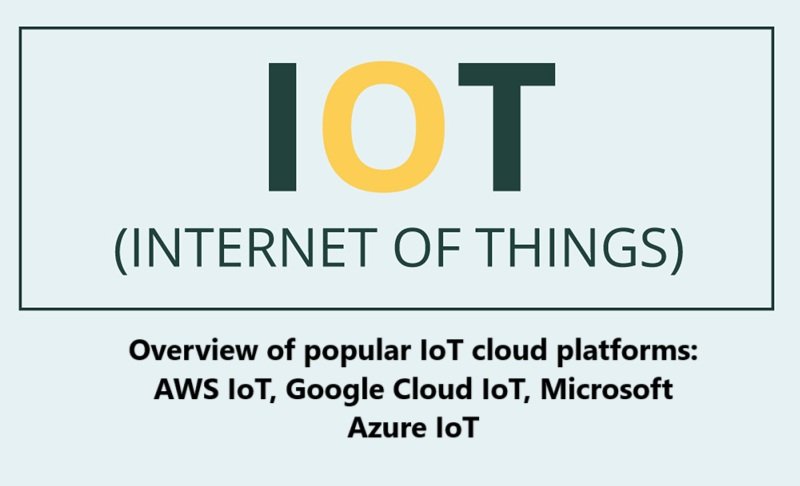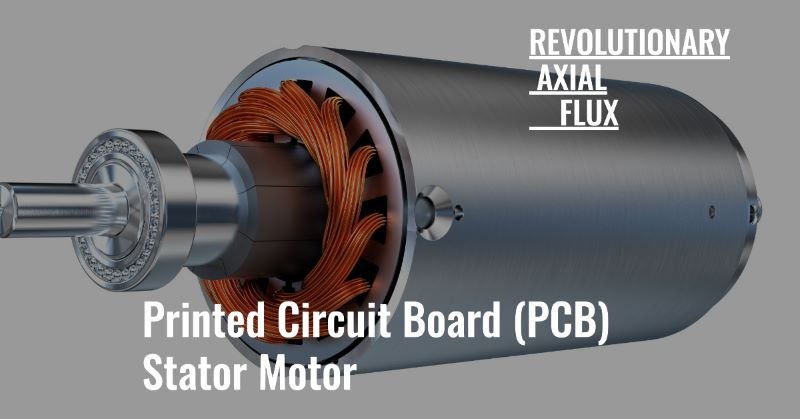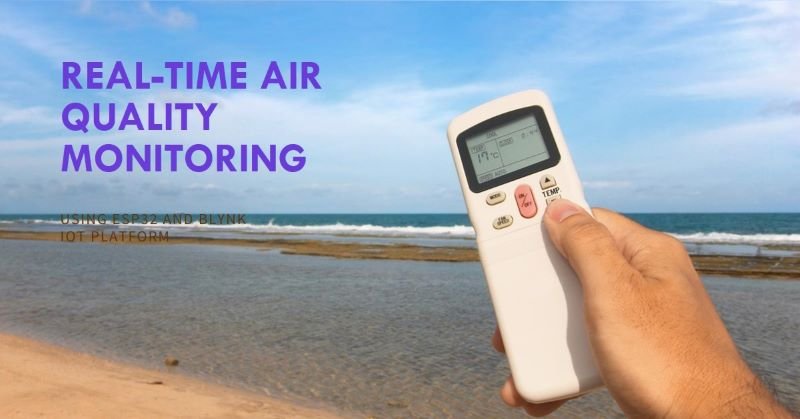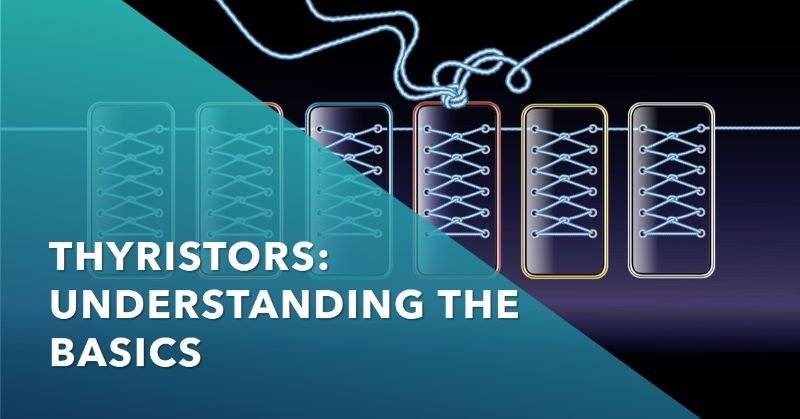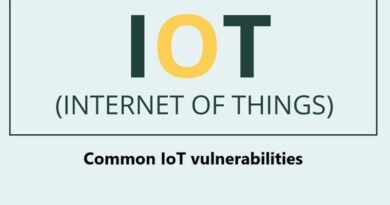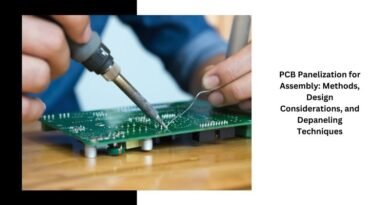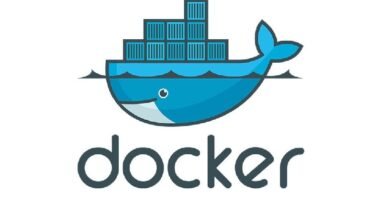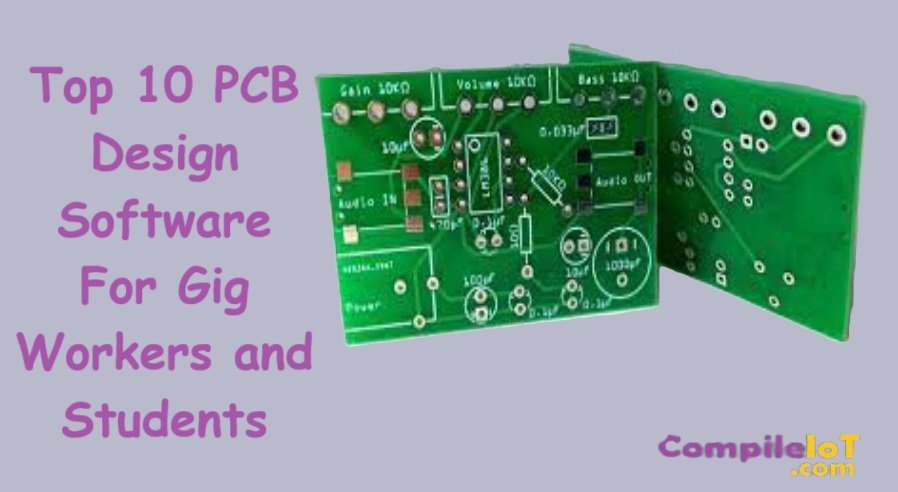Overview of Popular IoT Cloud Platforms: AWS IoT, Google Cloud IoT, Microsoft Azure IoT
The Internet of Things (IoT) has become one of the most transformative technologies in recent years, connecting billions of devices and enabling intelligent systems across various industries. For organizations looking to deploy and manage large-scale IoT solutions, cloud platforms have become essential for storing data, processing it, and enabling device management and analytics. The leading cloud providers—Amazon Web Services (AWS), Google Cloud, and Microsoft Azure—offer specialized services designed to meet the demands of IoT applications. These platforms provide developers with a wide range of tools for managing IoT devices, handling data, and deploying machine learning and analytics models at scale.
In this article, we will explore three of the most popular IoT cloud platforms: AWS IoT, Google Cloud IoT, and Microsoft Azure IoT. We will look at their key features, services, and how they enable organizations to build and scale IoT solutions.
1. AWS IoT (Amazon Web Services IoT)
AWS IoT is a suite of services provided by Amazon Web Services that allows users to easily connect, manage, and secure IoT devices at scale. AWS IoT enables seamless communication between devices and the cloud and provides powerful data processing, analytics, and machine learning capabilities. AWS IoT services are used by organizations in various sectors, including manufacturing, healthcare, automotive, smart homes, and agriculture.
Key Features and Services:
- AWS IoT Core:
- AWS IoT Core is the central service in AWS IoT that enables secure and scalable communication between IoT devices and the cloud. It allows devices to securely connect using standard protocols like MQTT and HTTP, and it supports both bidirectional communication and message routing.
- Device Shadows: AWS IoT Core provides device shadows, which store the state information of IoT devices, allowing devices to synchronize their states even when they are temporarily disconnected from the network.
- Device Authentication and Authorization: AWS IoT Core uses AWS IAM (Identity and Access Management) for device authentication and authorization, ensuring that only trusted devices can communicate with the cloud.
- AWS IoT Device Management:
- This service helps organizations manage the lifecycle of IoT devices at scale. It allows users to register, organize, and monitor devices, perform over-the-air (OTA) firmware updates, and manage device health and status.
- The platform also offers fleet indexing, which allows users to query and filter devices based on their attributes, making it easier to perform management tasks.
- AWS IoT Analytics:
- AWS IoT Analytics enables users to process, filter, and analyze IoT data without the need to set up complex data pipelines. It can perform data cleansing, filtering, and transformation, and provides integration with machine learning models.
- It allows users to run queries on historical data and create visual dashboards to monitor IoT device performance and behavior.
- AWS IoT Greengrass:
- AWS IoT Greengrass extends AWS IoT to the edge by enabling local processing, messaging, data storage, and machine learning inference on edge devices.
- This service is useful for IoT applications where real-time data processing at the edge is necessary, reducing latency and minimizing reliance on cloud connectivity.
- AWS IoT Events:
- AWS IoT Events enables the detection and response to events generated by IoT devices. For instance, it can trigger workflows when certain conditions are met, such as when a sensor detects a temperature threshold being exceeded.
- It integrates with AWS Lambda and other services to trigger actions like sending notifications, activating devices, or running custom code.
- Machine Learning and Data Integration:
- AWS IoT integrates with other AWS services, such as AWS Lambda, AWS SageMaker, and AWS Kinesis, to process and analyze IoT data. It also offers machine learning capabilities that allow users to develop predictive maintenance models or detect anomalies in IoT data streams.
Benefits of AWS IoT:
- Scalability: AWS IoT is designed to scale effortlessly, allowing organizations to handle millions of devices and billions of messages.
- Security: It provides end-to-end encryption, device authentication, and fine-grained access control to secure data and devices.
- Integration: AWS IoT integrates with a wide range of AWS services, enabling advanced analytics, machine learning, and storage.
- Edge Computing: AWS IoT Greengrass enables edge computing, allowing real-time decision-making and reducing the need for cloud connectivity.
2. Google Cloud IoT
Google Cloud IoT offers a set of tools and services designed to help businesses connect, manage, and analyze their IoT devices. Google Cloud IoT is built for large-scale applications and takes advantage of Google’s powerful data processing, machine learning, and analytics capabilities. It is particularly useful for applications requiring real-time processing, machine learning, and integration with big data systems.
Key Features and Services:
- Google Cloud IoT Core:
- IoT Core is the central hub for connecting IoT devices to Google Cloud. It supports secure communication using industry-standard protocols like MQTT and HTTP.
- It offers device management features such as device provisioning, authentication, and monitoring, allowing organizations to keep track of device status and health.
- Google Cloud Pub/Sub:
- Google Cloud Pub/Sub provides a messaging system that allows IoT devices to publish data to topics and subscribers to receive messages in real-time. It supports high-throughput data streams and helps in building scalable IoT systems.
- This service is essential for systems that need real-time event processing, such as monitoring sensor data or tracking asset movements.
- Google Cloud Dataflow:
- Dataflow is a fully managed service for stream and batch data processing. It is used to process IoT data in real-time, such as analyzing sensor readings or performing time-series analytics.
- Google Cloud Dataflow integrates with other tools like Google BigQuery and Google Cloud Storage for large-scale data analysis and storage.
- Google Cloud Machine Learning (AI and ML):
- Google Cloud offers powerful AI and machine learning tools like Google AI Platform and TensorFlow to process and analyze IoT data. These tools can be used for anomaly detection, predictive maintenance, and other IoT-specific machine learning tasks.
- With Google’s extensive experience in AI, organizations can build smart IoT applications that automatically adapt to changes in data patterns.
- Google Cloud BigQuery:
- BigQuery is a serverless, scalable data warehouse that allows users to store and analyze massive amounts of IoT data. It provides high-performance SQL queries for real-time analysis and integrates seamlessly with Google Cloud’s other IoT services.
- Edge Computing with Google Cloud IoT Edge:
- Google Cloud IoT Edge extends Google Cloud services to the edge of the network, enabling devices to process and analyze data locally.
- This service is useful for reducing latency and enabling real-time decision-making, especially in applications where cloud connectivity might be intermittent.
Benefits of Google Cloud IoT:
- Big Data Integration: Google Cloud IoT integrates seamlessly with Google’s big data and analytics tools, making it ideal for organizations looking to analyze large volumes of IoT data.
- Machine Learning: Google Cloud’s machine learning capabilities are a key differentiator, enabling predictive analytics and intelligent IoT applications.
- Scalability and Flexibility: The platform is highly scalable and flexible, supporting a wide range of IoT use cases, from small-scale deployments to large enterprise solutions.
- Real-Time Processing: Google Cloud provides real-time event processing capabilities, making it well-suited for time-sensitive IoT applications.
3. Microsoft Azure IoT
Microsoft Azure IoT is a comprehensive suite of cloud-based services designed to help businesses build, manage, and scale IoT applications. Azure IoT provides tools for connecting devices, processing data, and integrating with other enterprise systems. It is a popular choice for industries like manufacturing, energy, healthcare, and logistics due to its robust security features, scalability, and integration with enterprise solutions.
Key Features and Services:
- Azure IoT Hub:
- IoT Hub is the core service for managing IoT devices in Azure. It provides bi-directional communication between IoT devices and the cloud, with support for protocols such as MQTT, HTTPS, and AMQP.
- IoT Hub allows organizations to provision, authenticate, and manage devices securely. It also provides real-time monitoring and diagnostics to track device health and performance.
- Azure IoT Central:
- IoT Central is a fully managed IoT app platform that enables users to build and deploy IoT solutions quickly and with minimal coding. It provides preconfigured templates for various use cases, including smart buildings, energy monitoring, and asset tracking.
- It simplifies device management, data visualization, and analytics, allowing businesses to focus on developing IoT applications rather than managing infrastructure.
- Azure Stream Analytics:
- Stream Analytics is a real-time data processing service that allows users to analyze IoT data in motion. It can be used to perform complex event processing, such as detecting anomalies or triggering actions when specific conditions are met.
- Azure Digital Twins:
- Digital Twins is a service that allows organizations to create a digital replica of physical assets, environments, or systems. This is useful for simulating and optimizing IoT systems by visualizing real-time data from sensors and devices in a digital environment.
- Azure Machine Learning:
- Azure Machine Learning provides tools for building, training, and deploying machine learning models. IoT data can be analyzed to detect patterns, predict maintenance needs, or optimize system performance.
- Azure Time Series Insights:
- Time Series Insights is a fully managed analytics service for exploring and analyzing time-series data, such as sensor data. It provides fast and scalable analytics and visualization tools, allowing users to gain insights from large volumes of IoT data.
Benefits of Microsoft Azure IoT:
- Enterprise Integration: Azure IoT integrates well with other Microsoft enterprise solutions like Office 365, Dynamics 365, and Power BI, making it ideal for businesses that rely on Microsoft products.
- Security: Azure provides robust security features, including device authentication, encryption, and secure access control, making it a trusted platform for IoT applications in regulated industries.
- Scalability and Flexibility: Azure IoT supports both small-scale and large-scale deployments, providing the flexibility to grow as the IoT ecosystem expands.
- Edge Computing: Azure IoT Edge allows processing and analysis of data at the edge, reducing latency and enabling real-time decision-making.
Conclusion
AWS IoT, Google Cloud IoT, and Microsoft Azure IoT are the leading cloud platforms for managing IoT devices, data, and applications. Each of these platforms offers a comprehensive suite of services designed to address the unique challenges of IoT, including device management, data processing, real-time analytics, machine learning, and security.
- AWS IoT is known for its scalability, robust security features, and extensive edge computing capabilities through AWS IoT Greengrass.
- Google Cloud IoT excels in big data integration, machine learning, and real-time processing, making it ideal for large-scale IoT solutions with advanced analytics needs.
- Microsoft Azure IoT stands out with its seamless integration with other Microsoft enterprise solutions, its comprehensive security offerings, and its powerful edge computing and digital twin capabilities.
Choosing the right IoT cloud platform depends on an organization’s specific use case, infrastructure, and business requirements. By leveraging the capabilities of these platforms, businesses can unlock the full potential of their IoT systems, enabling real-time insights, automation, and enhanced decision-making.
